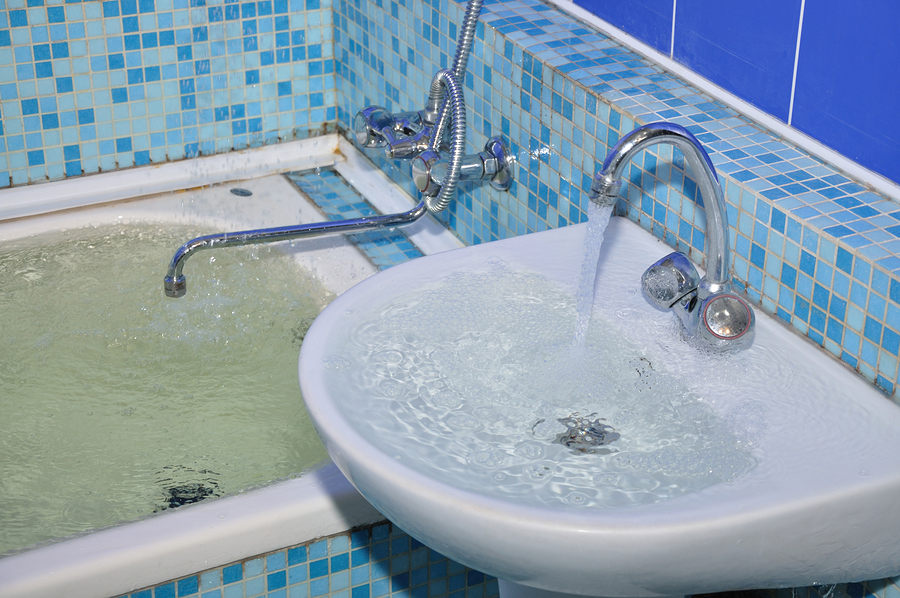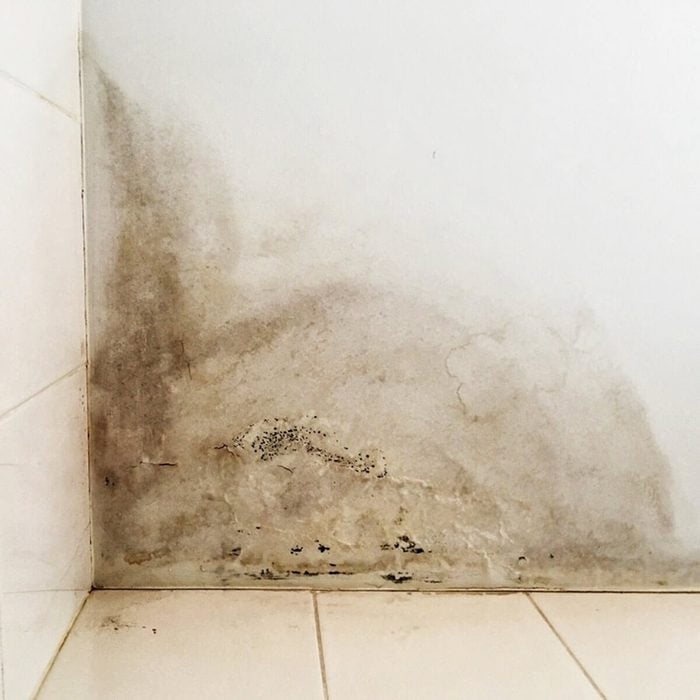Humidity Leads to Harm in the Bathroom
Humidity Leads to Harm in the Bathroom
Blog Article
This post following next about How to Repair and Prevent Bathroom Water Damage? is amazingly motivating. Don't miss it.

Water damage frequently occurs in the bathroom because of the water made use of day-to-day. Sometimes, the damage could be a little mold and mildew from the shower. Various other times, it's substantial damages on your floor. Whatever it is, it is constantly good to understand the reason and also prevent it before it happens.
This overview will experience some of the typical causes of water damage in the washroom. We will additionally analyze what you can do to prevent these causes from harming your washroom. Allow's dive in.
These are the usual factors you would certainly have water damage in your restrooms as well as exactly how you can find them:
Excess Wetness
It's amazing to have that long shower and also dash water while you hem and haw as well as act like you're performing, yet occasionally these acts might trigger water damage to your bathroom.
Spraying water around can create water to visit edges and also develop molds. See how you spread out excess dampness around, as well as when you do it, clean it up to avoid damages.
Cracks in your wall floor tiles
Restroom wall tiles have been particularly created for that objective. They protect the wall surface from dampness from individuals taking showers. Nonetheless, they are not unbreakable.
Often, your washroom wall surface tiles fracture as well as permit some dampness to seep into the wall. This could possibly ruin the wall if you do not take any action. If you see a crack on your wall surface tiles, fix it immediately. Don't wait up until it ruins your wall surface.
Overruning commodes and sinks
As humans, often we make blunders that can trigger some water damage in the bathroom. For instance, leaving your sink faucet on could create overflowing as well as damages to other parts of the bathroom with moisture.
Likewise, a faulty bathroom can cause overflowing. For instance, a busted bathroom manage or other parts of the cistern. When this takes place, it might damage the flooring.
As soon as you see an overflowing sink or toilet, call a plumbing to aid take care of it instantly.
Ruptured or Leaking Pipelines
There are many pipes bring water to various parts of your washroom. Some pipes take water to the bathroom, the sink, the faucets, the shower, and lots of various other places. They crisscross the small location of the washroom.
Every now and then, these pipelines could get rusty as well as ruptured. Other times, human action could cause them to leak. When this happens, you'll discover water in the edges of your washroom or on the wall surface.
To detect this, look out for bubbling wall surfaces, molds, or mildew. Call a professional emergency plumber to fix this when it takes place.
Roof covering Leakages
Often, the issue of water damage to the restroom might not come from the washroom. For instance, a roofing leakage might cause damages to the shower room ceiling. You can spot the damage done by looking at the water discolorations on the ceiling.
If you find water stains on your ceiling, examine the roof to see if it's harmed. After that, call a professional to assist solve the concern.
Final thought
Water damage to your shower room can be frustrating. Nevertheless, you can manage it if you avoid a few of the causes stated in this guide. Call a specialist emergency situation plumbing technician if you observe any type of extreme damages.
How to Repair a Water-Damaged Wall in the Bathroom
All you need to know to repair bathroom wall water damage – from identifying the water source to finishing the repair professionally. If you don’t act quickly to resolve a water damage problem, you could find that it develops into a mold issue and/or cause structural damage to your home. Follow this guide to repair your bathroom before it's too late.
All you need to know to repair bathroom wall water damage
Water damage is a common household problem, and one that, if left unrepaired, can quickly lead to structural problems and health issues. The two most likely rooms where water damage may occur is the bathroom and the kitchen – where water is used often and there is high humidity.
What is water damage?
It is easy to think of water damage as caused by a flood or leaking tap or burst water pipe. However, when water damage is assessed, there are three main categories into which water falls (as classified by the American National Standards Institute). These categories are defined as:
Category 1 Water – ‘Clear Water’
This is sanitary water. There is usually no major threat to health by washing with this water, drinking it, or inhaling if it is streaming. Most water that enters your home will be category 1 water, while most water leaving your home will be either category 2 or 3 water. It may also come from melting snow, rainwater and water tanks.
Damage caused by this type of water can usually be repaired or restored, though this doesn’t mean that there are no potential health issues.
Category 2 Water – ‘Grey Water’
This is contaminated water – sometimes considerably so – and will cause illness if consumed or if it comes into contact with your skin. Water damage in this category is often caused by overflows from toilet bowls, and damage to washing machines and dishwashers. While damaged items might still be repaired or restored after damage by grey water, it is more difficult and more expensive to do so.
If the water damage in your home has been caused by grey water, it is advisable to have repairs made by professionals.
Over time, grey water will deteriorate and become black water.
Category 3 Water – ‘Black Water’
Category 3 water, also known as black water, is highly contaminated and a great risk to health. This may contain raw sewage, heavy metals, and other toxic substances. It will smell terrible.
If this is the water that has caused damage in your bathroom, do not touch it. Stop the water flowing if possible, seal the room and call the experts: it really isn’t worth the risk of ill health and disease that could be fatal. It is very unlikely that items can be repaired or restored if they have been damaged by black water.
https://www.porterscleaning.com/blog/how-to-repair-a-water-damaged-wall-in-the-bathroom/

I recently found that blog posting on How to Repair and Prevent Bathroom Water Damage? while doing a search on the search engines. Appreciated our write-up? Please share it. Help someone else check it out. Thanks a lot for your time. Don't forget to check our site back soon.
Clog problems? Inform. Report this page